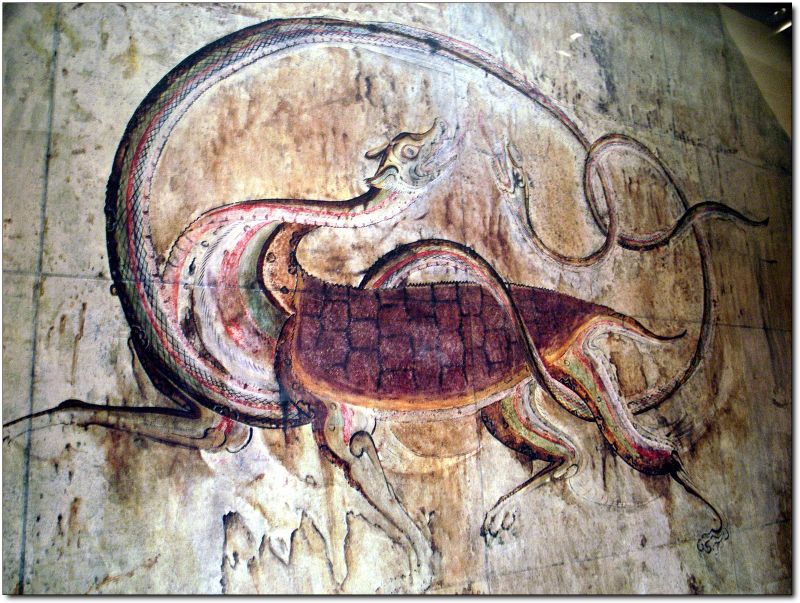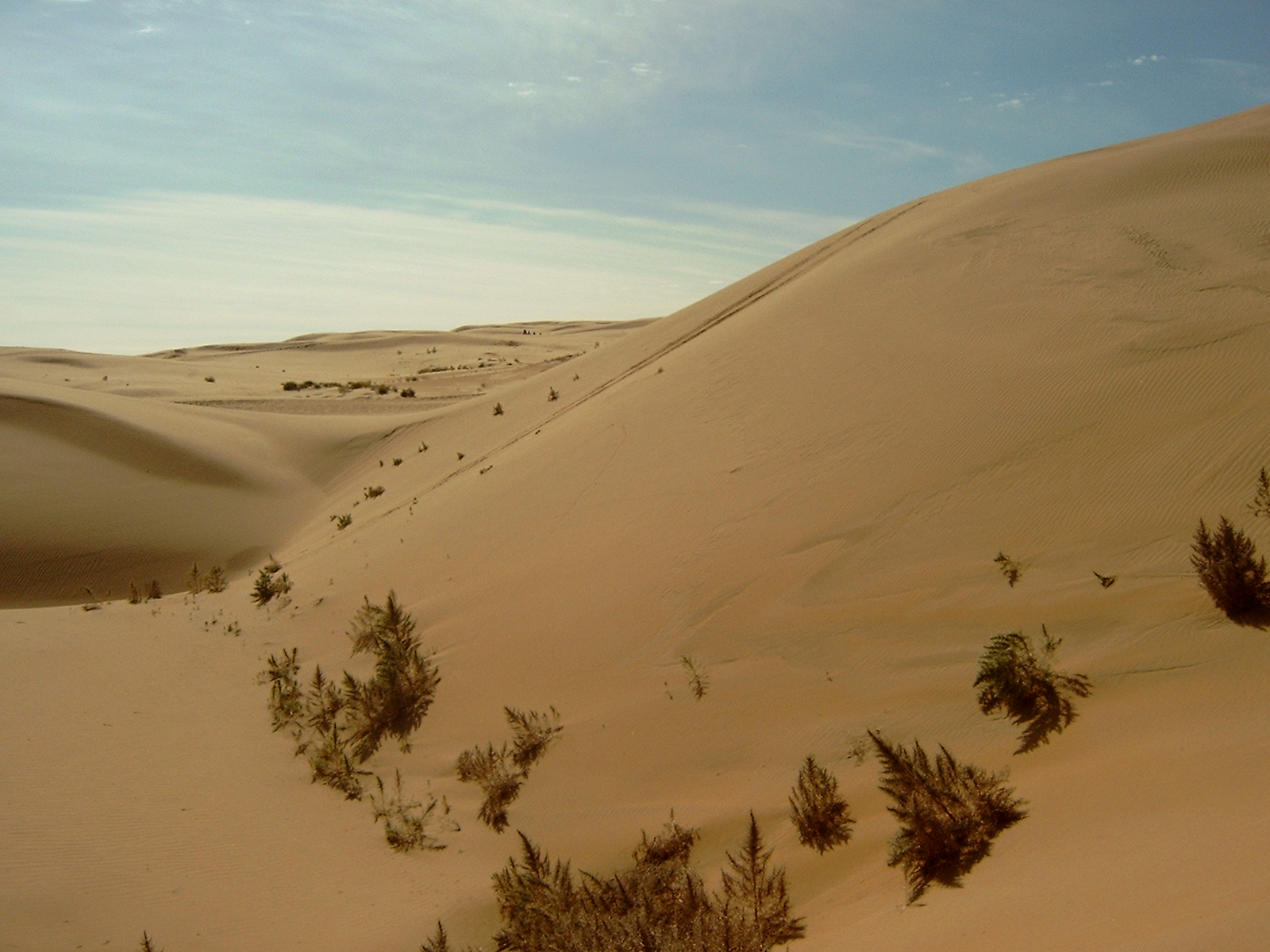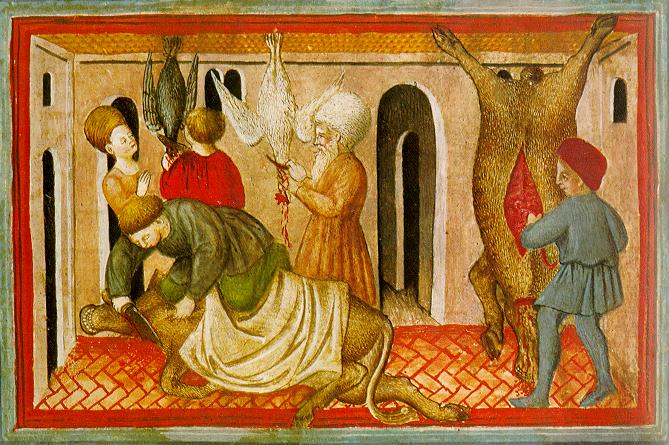|
Yongary, Monster From The Deep
''Yongary, Monster from the Deep'' (, ) is a 1967 ''kaiju'' film directed by Kim Ki-duk, with special effects by Kenichi Nakagawa. The film was a joint production between South Korean studio Keukdong (Far East) Entertainment Company and Japanese studio Toei Company. The film stars Oh Yeong-il, Kwang Ho Lee, Nam Jeong-im, with Cho Kyoung-min as Yongary. In the film, a giant reptilian monster lays waste to Seoul after being awakened by an earthquake triggered by a nuclear bomb test. The film was produced to rival the success of Toho's ''Godzilla'' series and features the same techniques of practical special effects filmmaking used in the ''Godzilla'' films and other ''kaiju'' films utilizing suitmation, pyrotechnics, and miniature sets. The film opened in Seoul, South Korea on August 13, 1967 and was released in the United States directly to television by American International Television in 1969 as ''Yongary, Monster from the Deep''. In 1999, filmmaker Shim Hyung-rae release ... [...More Info...] [...Related Items...] OR: [Wikipedia] [Google] [Baidu] |
Kim Ki-duk (director, Born 1934)
Kim Ki-duk (29 September 1934 – 7 September 2017) was a South Korean film director and professor. Best known outside of Korea for his 1967 monster film ''Yongary, Monster from the Deep'', Kim Ki-duk directed 66 movies in total from his directorial debut in 1961 until his retirement from the film industry in 1977. Along with Kim Soo-yong and Lee Man-hee, Kim was one of the leading young directors of the Korean cinematic wave of the 1960s. The most distinctive and successful genre of this period was the melodrama (). He is not related to Kim Ki-duk, the South Korean director of ''3-Iron''. Career Kim Ki-duk studied creative writing at Seorabeol Arts University, which later merged with Chung-Ang University. After graduating in 1956, Kim entered the film industry, first working as an editorial engineer. He worked as assistant director to director Kim So-dong on the film, ''Prince Hodong and Princess Nakrang'' (, 1956). Kim's directorial debut was with the Korean War-themed fil ... [...More Info...] [...Related Items...] OR: [Wikipedia] [Google] [Baidu] |
Hwanghae Province (Republic Of Korea)
The Committee for the Five Northern Korean Provinces (, literally "The North's Five Provinces Committee") is a South Korean government body under the Ministry of the Interior and Safety. History Established in 1949, the committee is officially responsible for the administration of the five Korean provinces located entirely north of the 38th Parallel, also known as the Military Demarcation Line, as the South Korean government formally claims to be the sole legitimate government of the entirety of the Korean Peninsula. The South Korean government does not officially recognize any changes to the borders of the northern provinces made by the North Korean government since its establishment in 1949. The President of South Korea appoints governors for each of the five provinces. However, their role is largely symbolic (comparable to titular bishops), as the territory is under the effective jurisdiction of North Korea. The committee's main practical function is to provide support to N ... [...More Info...] [...Related Items...] OR: [Wikipedia] [Google] [Baidu] |
Godzilla
is a fictional monster, or ''kaiju'', that debuted in the eponymous 1954 film, directed and co-written by Ishirō Honda. The character has since become an international pop culture icon, appearing in various media: 33 Japanese films produced by Toho Co., Ltd., five American films, and numerous video games, novels, comic books, and television shows. Godzilla has been dubbed the King of the Monsters, an epithet first used in '' Godzilla, King of the Monsters!'' (1956), the American localization of the 1954 film. Originally and in most iterations of the creature, Godzilla is a colossal prehistoric reptilian or dinosaurian monster that is amphibious or resides partially in the ocean, awakened and empowered after many years by exposure to nuclear radiation and nuclear testing. With the nuclear bombings of Hiroshima and Nagasaki and the '' Lucky Dragon 5'' incident still fresh in the Japanese consciousness,Souder, William (2012); On a Farther Shore - The Life and Le ... [...More Info...] [...Related Items...] OR: [Wikipedia] [Google] [Baidu] |
Metro-Goldwyn-Mayer
Metro-Goldwyn-Mayer Studios Inc. (also known as Metro-Goldwyn-Mayer Pictures, commonly shortened to MGM or MGM Studios) is an American Film production, film and television production and film distribution, distribution company headquartered in Beverly Hills, California. Metro-Goldwyn-Mayer was founded on April 17, 1924, and has been owned by the Amazon MGM Studios subsidiary of Amazon (company), Amazon since 2022. MGM was formed by Marcus Loew by combining Metro Pictures, Goldwyn Pictures and Louis B. Mayer Pictures into one company. It hired a number of well-known actors as contract players—its slogan was "more stars than there are in heaven"—and soon became Hollywood's most prestigious filmmaking company, producing popular musical films and winning many Academy Awards. MGM also owned film studios, movie lots, movie theaters and technical production facilities. Its most prosperous era, from 1926 to 1959, was bracketed by two productions of ''Ben-Hur: A Tale of the Christ ... [...More Info...] [...Related Items...] OR: [Wikipedia] [Google] [Baidu] |
Orion Pictures
Orion Releasing, LLC (Trade name, doing business as Orion Pictures) is an American film production and film distribution, distribution company owned by the Amazon MGM Studios subsidiary of Amazon (company), Amazon. It was founded in 1978 as Orion Pictures Corporation, a joint venture between Warner Bros. and three former senior executives at United Artists (UA). The company produced and released films from 1978 through 1999 and was also involved in television production and syndication in the 1980s and early 1990s. It was one of the largest mini-major studios during its early years, when it worked with prominent directors such as Woody Allen, James Cameron, Jonathan Demme, and Oliver Stone. Four films distributed by Orion won Academy Awards for Academy Award for Best Picture, Best Picture: ''Amadeus (film), Amadeus'' (1984), ''Platoon (film), Platoon'' (1986), ''Dances with Wolves'' (1990), and ''The Silence of the Lambs (film), The Silence of the Lambs'' (1991). In 1997, Orion ... [...More Info...] [...Related Items...] OR: [Wikipedia] [Google] [Baidu] |
Titra Studios
Titra Studios aka Titan Productions was an American dubbing studio. The studio was responsible for dubbing numerous foreign films, including '' Mothra vs. Godzilla'' 1964 as well as the ''Speed Racer'' anime series and the original ''Ultraman'' TV series. Among the many actors who worked for the studio were Peter Fernandez and the future ''Barney Miller ''Barney Miller'' is an American sitcom television series set in a New York City Police Department police station on East 6th Street in Greenwich Village (Lower Manhattan). The series was broadcast on American Broadcasting Company, ABC from Janu ...'' star Hal Linden. Film production companies of the United States Dubbing studios {{US-film-company-stub Defunct film and television production companies Defunct film and television production companies of the United States ... [...More Info...] [...Related Items...] OR: [Wikipedia] [Google] [Baidu] |
Optical Printer
An optical printer is a device consisting of one or more film projectors mechanically linked to a movie camera. It allows filmmakers to re-photograph one or more strips of film. The optical printer is used for making visual effects for motion pictures, or for copying and restoring film material. Common optical effects include fade outs and fade ins, dissolves, slow motion, fast motion, and matte work. More complicated work can involve dozens of elements, all combined into a single scene. History The first commercially available, although not mass produced, optical printer appeared in 1927 and was called the Depue & Vance Daylight Optical Printer. It was mainly used to reduce standard prints to 16mm and allowed for operation without a darkroom except for loading the positive film magazine. In 1918, the cinematographer Carl Gregory came upon a printer made by G. J. Badgley of New York, designed to produce copies of a standard film using domestic size film stock. Realizing the p ... [...More Info...] [...Related Items...] OR: [Wikipedia] [Google] [Baidu] |
Daiei Film
Daiei Film Co. Ltd. ( Kyūjitai: Shinjitai: ''Daiei Eiga Kabushiki Kaisha'') was a Japanese film studio. Founded in 1942 as Dai Nippon Film Co., Ltd., it was one of the major studios during the postwar Golden Age of Japanese cinema, producing not only artistic masterpieces, such as Akira Kurosawa's '' Rashomon'' (1950) and Kenji Mizoguchi's '' Ugetsu'' (1953), but also launching several film series, such as ''Gamera'', '' Zatoichi'' and ''Yokai Monsters'', and making the three ''Daimajin'' films (1966). It declared bankruptcy in 1971 and was acquired by Kadokawa Pictures. History Daiei Film was the product of government efforts to reorganize the film industry during World War II in order to rationalize use of resources and increase control over the medium. Against a government plan to combine all the film studios into two companies, Masaichi Nagata, an executive at Shinkō Kinema, pressed hard for an alternative plan to create three studios. His efforts won out and Shin ... [...More Info...] [...Related Items...] OR: [Wikipedia] [Google] [Baidu] |
Gamera
is a fictional giant monster, or ''kaiju'', that debuted in the Gamera, the Giant Monster, eponymous 1965 Japanese film. The character and the first film were intended to compete with the success of Toho's Godzilla (franchise), ''Godzilla'' film series. Since then, the franchise has become a Japanese icon in its own right and one of representatives of Cinema of Japan, Japanese cinema, appearing in a total of 12 films produced by Daiei Film and later by Tokuma Shoten and Kadokawa Daiei Studio (Kadokawa Corporation) respectively, and various other media such as novelizations, manga, video games, and more. Gamera is depicted as a giant, flying, fire-breathing monster, fire-breathing, prehistoric turtle. In the series' first film, Gamera is portrayed as an aggressive and destructive monster, though he also saved a child's life. As the films progressed, Gamera took on a more benevolent role, becoming a protector of humanity, especially children, nature, and the Earth from Extrater ... [...More Info...] [...Related Items...] OR: [Wikipedia] [Google] [Baidu] |
Gobi Desert
The Gobi Desert (, , ; ) is a large, cold desert and grassland region in North China and southern Mongolia. It is the sixth-largest desert in the world. The name of the desert comes from the Mongolian word ''gobi'', used to refer to all of the waterless regions in the Mongolian Plateau; in Chinese, ''gobi'' is used to refer to rocky, semi-deserts such as the Gobi itself rather than sandy deserts. Geography The Gobi measures from southwest to northeast and from north to south. The desert is widest in the west, along the line joining the Lake Bosten and the Lop Nor (87°–89° east). Its area is approximately . Gobi includes the long stretch of desert extending from the foot of the Pamirs (77° east) to the Greater Khingan Mountains, 116–118° east, on the border of Manchuria; and from the foothills of the Altay, Sayan, and Yablonoi mountain ranges on the north to the Kunlun, Altyn-Tagh, and Qilian mountain ranges, which form the northern edges of the Tibetan Pla ... [...More Info...] [...Related Items...] OR: [Wikipedia] [Google] [Baidu] |
Exsanguination
Exsanguination is the loss of blood from the circulatory system of a vertebrate, usually leading to death. The word comes from the Latin 'sanguis', meaning blood, and the prefix 'ex-', meaning 'out of'. Exsanguination has long been used as a method of animal slaughter. Humane slaughter must ensure the animal is rendered insensible to pain, whether through a captive bolt or other process, prior to the bloodletting. Depending upon the health of the individual, a person usually dies from losing half to two-thirds of their blood; a loss of roughly one-third of the blood volume is Critical condition, considered very serious. Even a single deep cut can warrant Surgical suture, suturing and Inpatient care, hospitalization, especially if Trauma (medicine), trauma, a vein or artery, or another comorbidity is involved. In the past, bloodletting was a common medical procedure or therapy, now rarely used in medicine. Slaughtering of animals Exsanguination is used as a Animal slaughter, s ... [...More Info...] [...Related Items...] OR: [Wikipedia] [Google] [Baidu] |
Han River (Korea)
The Han River () is a river in the central region of the Korean peninsula, with some of its Tributary, tributaries and drainage basin in North Korea. It is classified as a national first-class river in South Korea. The Han River currently has eight river islands: Nanjido, Yeouido, , Nodeulseom, , Sebitseom, Bamseom, and Seonyudo, Seoul, Seonyudo. The Han has the highest flow rate of any river on the Korea, Korean Peninsula and also has the largest basin area. In terms of length, It is the fourth longest List of rivers of Korea, river on the Korean peninsula after the Yalu River, Amnok, Tumen River, Tuman, and Nakdong River, Nakdong rivers. The river begins as two smaller rivers in the eastern mountains of the Korea, Korean peninsula, which then converge near Seoul. Seoul, the capital city of South Korea, is the only example of a major metropolis with such a wide river running through it; few large cities are divided by a massive river approximately 1.2 kilometers wide. The ter ... [...More Info...] [...Related Items...] OR: [Wikipedia] [Google] [Baidu] |





